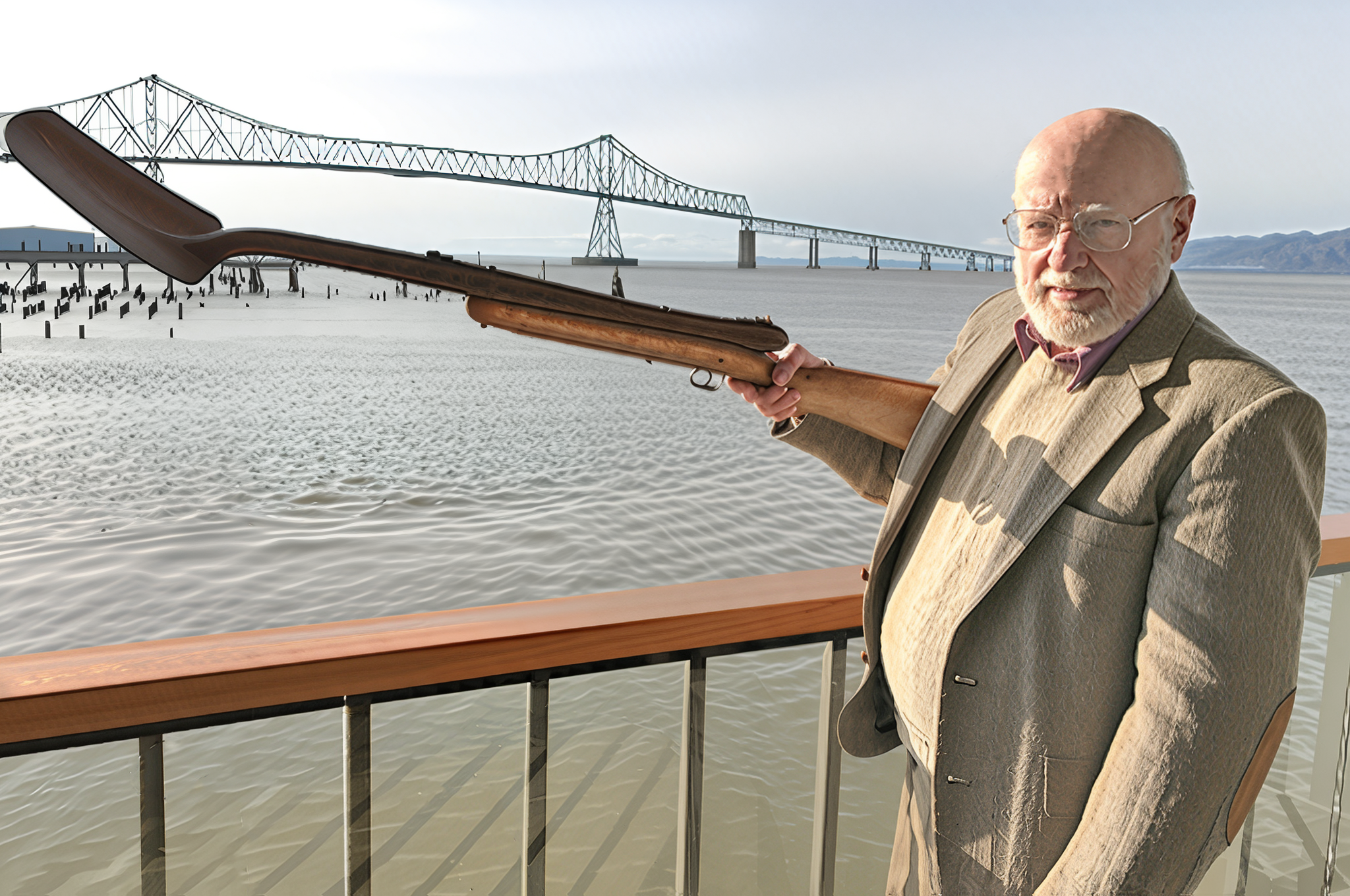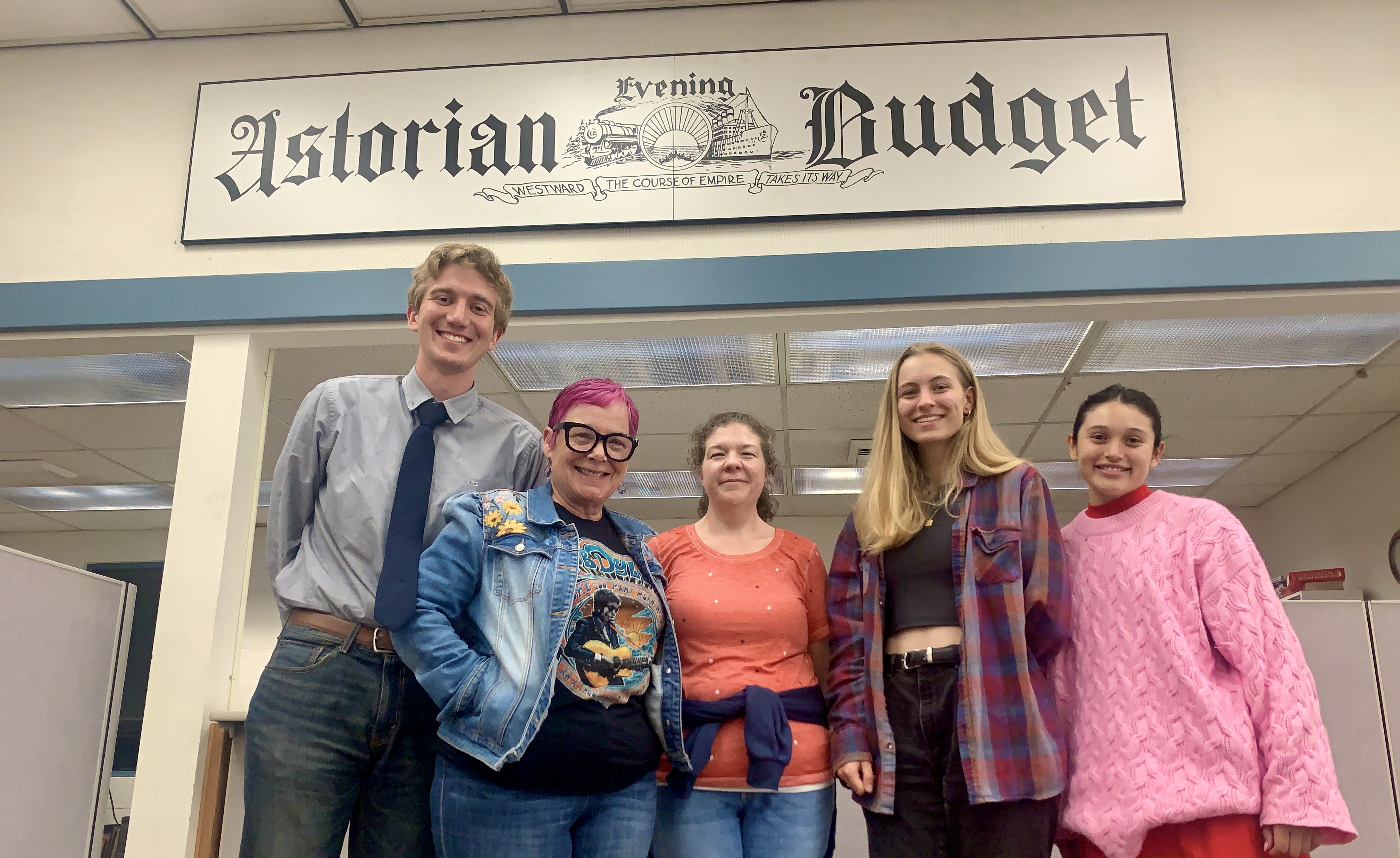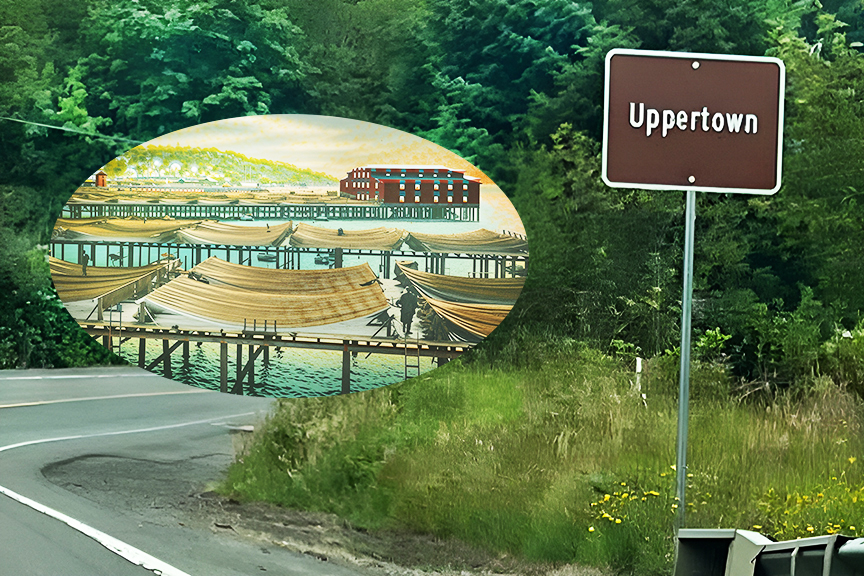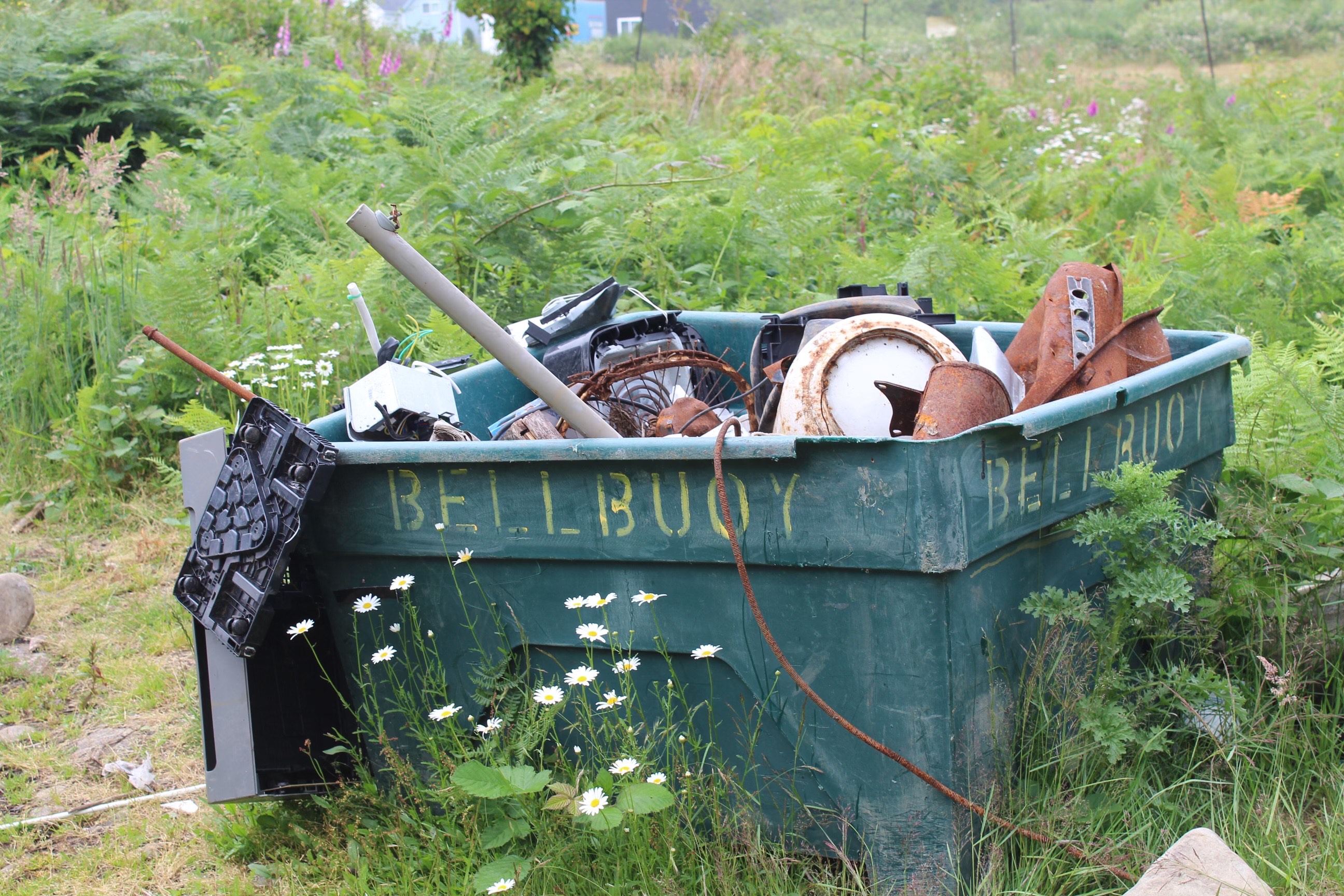Septic disposal costs up 50% on peninsula
Published 9:12 am Monday, September 23, 2019

- Corral Drive-In owner Ray Coulston waits for Ben Woodby, co-owner of Evergreen Septic, to finish pumping out the restaurant’s septic tanks.
LONG BEACH, Wash. — The cost to get a home’s septic tank pumped on the Long Beach Peninsula has gone up to about $600 from $400 after an Oregon treatment plant said it would no longer treat water and solids from Pacific and Wahkiakum counties.
Few treatment plants are willing to accept septic system waste from places other than the communities in which they operate. Pacific and Wahkiakum counties are without a septic waste treatment plant of their own. This means the stuff pumped out from septic tanks, called septage, must be hauled to plants farther away, which drives up costs.
This month, Warrenton’s Advanced Wastewater Treatment Plant told Ben Woodby, co-owner of Evergreen Septic, the plant could no longer accept his residential septage. Woodby and his partner, Claude Noyes, own the primary septic servicing company for Pacific and Wahkiakum counties.
The treatment plant’s decision was predictable, as it stopped accepting septage pumped out of commercial businesses’ septic tanks in February. Now Pacific and Wahkiakum home and business owners alike will feel the cost increase. The average cost per gallon of septage pumped went up by about 20 cents compared to when Warrenton was accepting septage from the counties, Woodby said.
Septic tanks are used by businesses and homes that aren’t connected to city sewer systems.
There are about 10,000 septic tanks in Pacific County, said Shawn Humphreys, the deputy director of environmental health for Pacific County’s community development department.
For the past five years, the Warrenton plant accepted Evergreen’s hauls and Woodby was grateful for the help.
But he doesn’t blame them for not being able to keep up with the demand for septage treatment.
When the plant stopped accepting commercial septage, Woodby called about a dozen different treatment plants near Pacific and Wahkiakum counties to try to find somewhere that would accept outside haulers.
“I got three that said ‘possibly’ and then really we’ve only been hauling to two of those,” Woodby said.
A Chehalis private treatment plant called Bio Recycling Corp. agreed to accept one haul a day from Woodby. But the drive to the treatment plant can take up to six hours round trip. The hauling time is the primary driver of increased costs.The truck can hold just 5,000 gallons of septage, which means almost daily trips to Chehalis during this time of year, Woodby said.
And the long drive to Chehalis is already a stretch for Evergreen Septic. Woodby can’t have his driver haul farther than 100 miles before the business bumps up against a different set of trucking regulations.
In addition to Chehalis, Woodby can take one haul a week to the Three Rivers Regional Wastewater Treatment Plant in Longview. But without Chehalis, Evergreen Septic would have had to close until another plant opened up to outside haulers, Woodby said.
“The biggest problem we have is if we don’t do something to get something where we can be self-sufficient in Pacific County, then we’re kind of at the mercy of all these other places,” Woodby said.
Keep trucking
For the moment, Woodby doesn’t see a solution for what to do about septage.
In 2010, Woodby and Noyes applied for a land application permit with the Washington Department of Ecology. The land application site would have been in Wahkiakum County. The planned site helped spur Wahkiakum County to ban the spreading of biosolids, which is treated septage, on its private and public lands in 2011. The Department of Ecology sued the county, calling the ban unconstitutional. In 2014, the state’s Court of Appeals ruled in favor of Ecology and the state Supreme Court declined to hear an appeal from the county in 2014.
But after that, Woodby and Noyes would have had to reapply for a permit from Ecology, which is an expensive process, Woodby said. They had already made investments in a truck to spread the biosolids and in building a road to the site where the solids would have gone. All of which was an investment that had no return, Woodby said. And because of how much rain southwest Washington gets, land application would be limited to the summer months, and would only partially solve the problem, Woodby said.
“There isn’t a light at the end of the tunnel yet,” Woodby said. “We’re kind of driving in the dark waiting for something to happen.”
Peter Lyon, Ecology’s solid waste regional manager, helped to fight the Wahkiakum County land application ban in 2011. But he understands why Woodby and Noyes soured on the plan in the face of such intense public criticism.
Lyon hoped that the new wastewater treatment plant being built for the cities of Ilwaco and Long Beach would be able to treat septage from the area.
Long Beach Community Development Director Ariel Smith said the city ran the plan by the engineers planning the treatment plant, who said aside from it being expensive, the plant wouldn’t have the capacity to accept septage in addition to the sewage from the two cities.
Right now, the plant accepts the waste coming from the portable toilet side of Evergreen Septic and that is about all it can handle, said John Goulter, wastewater plant operator for Long Beach. The bacteria that live in septic tanks and portable toilets don’t get along with the bacteria living in sewage systems, Goulter said.
Private option
Brenda Bamford owns Bio Recycling Corp. in Chehalis, the private wastewater treatment plant. She was able to help Woodby out by accepting his septage hauls, but isn’t accepting any other new clients right now.
Bio Recycling’s treatment process involves taking human waste from septic tanks and small community wastewater treatment plants and recycling it into a “cake” that can be used by local farmers as a high-quality fertilizer. The plant takes the remaining waste and spreads it on reclaimed land that was once used for coal mining.
The business started by Bamford’s father involved spreading biosolids on reclaimed lands that previously were used for coal mining. The work done by Bio Recycling Corp. has restored the fertility and organic matter in these areas, Bamford said. The company is interested in expansion, but it is a daunting task. Even when Bamford has to reapply for a land application permit, she gets pushback from the community.
“They want to flush the toilet and they want to know that it’s gone. They don’t want to think about where it goes,” Bamford said.
Most people can’t get over the “yuck factor,’’ she said.
Land application studies have shown it to be safe and beneficial when biosolids are able to dry in the sun after being applied, Ecology’s Lyon said. But there are ongoing concerns and it is something that the department must keep investigating as new issues are presented, he said.









